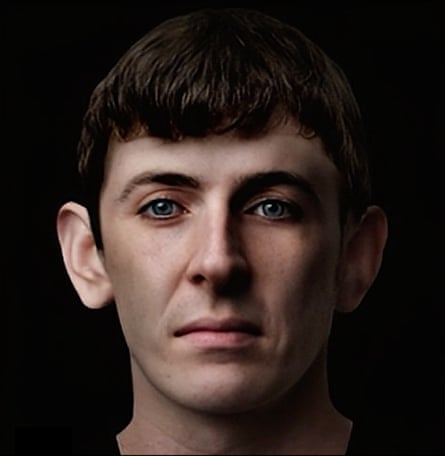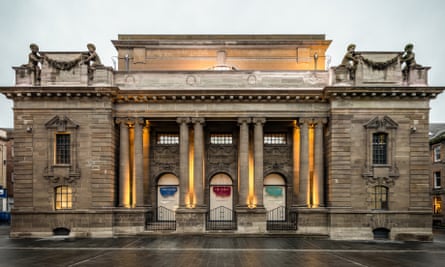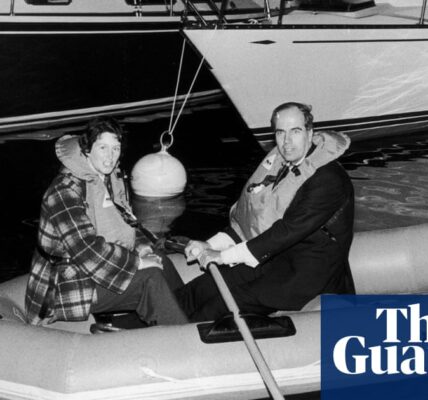A female from the Bronze Age who experienced back pain 4,000 years ago and a male from the Iron Age Pictish culture who endured a physically demanding life 1,500 years ago have been recreated through detailed facial reconstructions, giving us a glimpse into our ancient ancestors’ appearance.
State-of-the-art technology will allow guests at the recently opened Perth Museum in Scotland to interact with four historical figures from Perthshire using modern methods.
Researchers at Aberdeen University have studied human remains from the museum’s collection, utilizing cutting-edge techniques such as ancient DNA analysis, isotope analysis, radiocarbon dating, and forensic reconstruction.
Recent tests have uncovered unexpected discoveries about four individuals with diverse backgrounds who resided in Perthshire during the past two thousand years.

Display the image in full screen mode.
Two of the individuals mentioned include a man from the 14th century, whose age at the time of his alleged murder ranged from 18 to 25, and a nun from the 16th century who resided in the Cistercian nunnery of Elcho. It is likely that the nun had a limp, as she had previously broken her foot.
The digital portraits display an impressive level of realism, with each individual appearing to look directly at the viewer while moving and turning their head.
According to the scientists, if they were still alive today, they would not be easily noticeable among a group of people.
According to Professor Marc Oxenham, an expert in bioarchaeology from the University of Aberdeen, the woman from the Bronze Age lived between 2200-2000 BC. He stated, “If she were dressed in modern attire, she would blend in seamlessly.”
He added that the Pictish man lived around 400-600 AD, but he looks just like any “regular young bloke” today.
In 1962, while plowing at Lochlands farm in Perthshire, a tractor accidentally broke into a burial chamber and uncovered the remains of a woman from the Bronze Age. Standing at approximately five feet tall, she was estimated to be between her thirties and forties at the time of her death. Scientific examination has shown that she likely suffered from lower back pain, and a previous injury on her forehead indicates she may have experienced some type of accident.
The remains of the Pictish man were discovered while construction was taking place at Bridge of Tilt, Blair Atholl, in the 1980s. After analyzing the remains, it was determined that he grew up on the west coast or potentially in Ireland. His bones showed signs of extensive osteoarthritis, indicating he likely spent many years doing physically demanding agricultural work. It is believed that he primarily subsisted on food grown on farmland and may have relocated to Perthshire later in life.
Tests using radiocarbon dating on the potential victim of a homicide, found in a parking lot at Horsecross in Perth in the early 2000s, indicate that he existed between the years 1185 and 1290 AD.

He had died in a brutal manner, sustaining a severe and traumatic injury that had fractured multiple ribs, and was then hastily buried in a hastily dug grave.
According to Oxenham, the specific cause of the blunt force trauma is unknown. It is possible that he was trampled by a horse or struck in the chest with a mace-like weapon. The manner in which he was buried, hastily thrown into a small pit, indicates an attempt to quickly hide the body.
Dr Rebecca Crozier, senior lecturer in archaeology at the University of Aberdeen, said the portraits make people in our past “so relatable to who we are now”, while advances in facial reconstruction have now made them all the more real. The portraits have been created by Chris Rynn, a forensics and facial reconstructions expert.
The latest findings and narratives about these historic civilizations will be permanently exhibited alongside the Stone of Destiny in the upcoming museum starting on March 30th.
Source: theguardian.com


